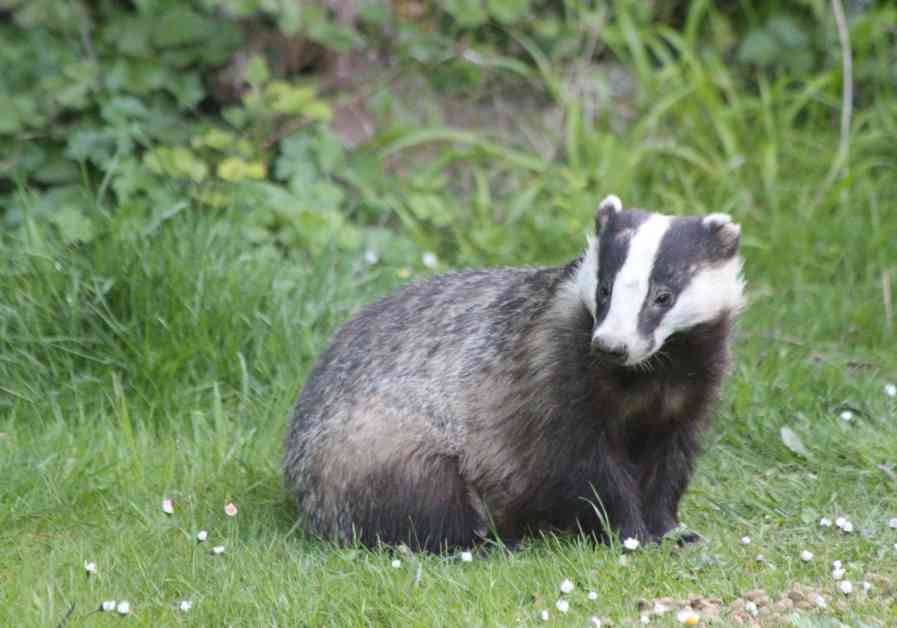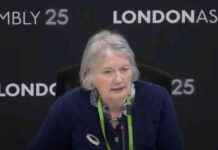The recent 100 days of the new Government have been marred by controversies and criticisms, from cutting winter fuel allowances for pensioners to various scandals involving free tickets and luxury items. However, amidst all the negativity, there is a glimmer of hope with the announcement that badger culling will be phased out by 2029. This decision comes as a relief to many conservationists who have long questioned the necessity of culling protected animals like badgers based on questionable evidence of their role in spreading TB to cattle.
The move to end badger culling will be accompanied by a badger census and the development of a vaccine to protect both badgers and cattle from TB. The current culling program, which has cost taxpayers an estimated £100 million annually since its inception in 2013, has resulted in the deaths of around 230,000 badgers. The decision to shift towards vaccinations instead of culling is a positive step forward, although there are concerns about whether the Government will follow through on its promises amid opposition from farmers.
In addition to the news about badger culling, there are also positive developments in the bird world. A feasibility study is underway to reintroduce white storks to London, with hopes that these majestic birds could once again breed in the capital. Furthermore, the increase in the population of goshawks, which are known to prey on grey squirrels, could potentially help red squirrels survive. The native red squirrel population has drastically declined due to competition with grey squirrels and a deadly virus they carry. The resurgence of goshawks offers hope for a more natural control of grey squirrel numbers, without the need for drastic measures like feeding them birth control pills.
On a lighter note, a recent flight from Oslo to Malaga made an unexpected stop in Copenhagen after a mouse was discovered as a stowaway on board. The rodent reportedly leaped out of a passenger’s meal during the flight, causing a moment of panic among passengers. Despite the surprise guest, the flight landed safely, leaving everyone to wonder if the little stowaway was a real-life “Dangermouse.”
Overall, the news of ending badger culls, potential reintroduction of white storks, and the resurgence of goshawks offer hope for the protection and conservation of wildlife and ecosystems. These positive developments signal a step in the right direction towards preserving the rich biodiversity of our natural world.





















